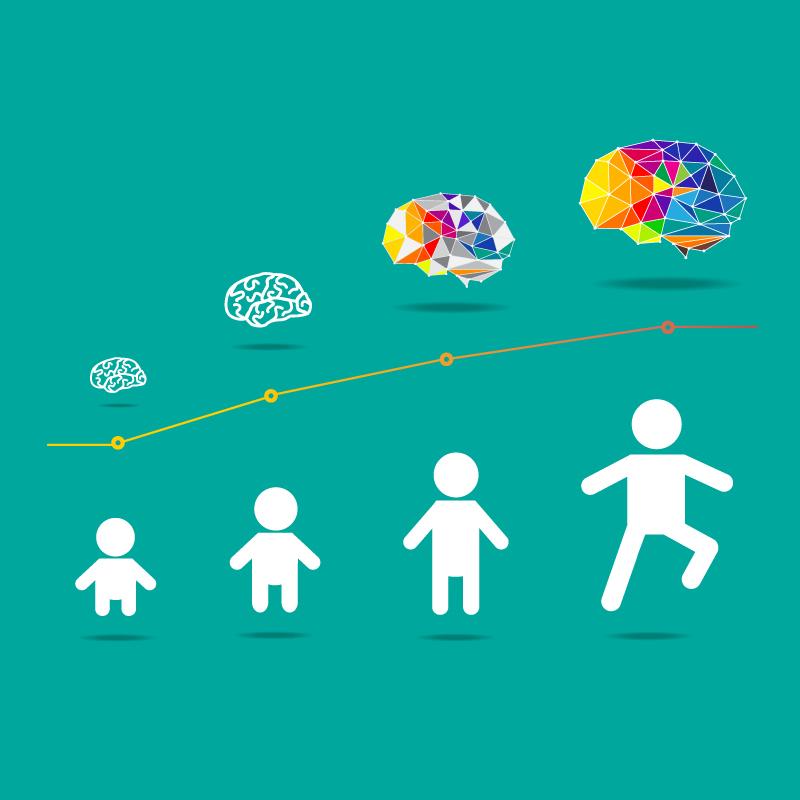Edutainment meets brain development…for good and for bad
 ___
___
“In 1954, Walt Disney was the first to envision a new form of entertainment that melded traditional fun and education—a form that he dubbed “edutainment.” By the latter part of the 20th century, this form had morphed into educational toys and games, a multi-billion-dollar industry that is projected to capture a full 36 percent of the global toy market share by 2022.
Nowhere is this trend more apparent than in the explosion of digital apps: of the 2.2 million apps available in the Apple Store, roughly 176,000—8.5 percent—are loosely designated as “ educational. ” Their growth continues, with annual increases of 10 percent expected through 2021. Whether called edutainment, educational toys, or the digital learning revolution, this trend shares the implicit philosophy that mixing fun and learning will offer a kind of “brain training” that will enhance children’s thinking and amplify their learning potential.
But there are many questions before us. What do manufacturers and marketers mean when they designate a product “educational?” Keep reading Brain Training for Kids: Adding a Human Touch over at the Dana Foundation.


